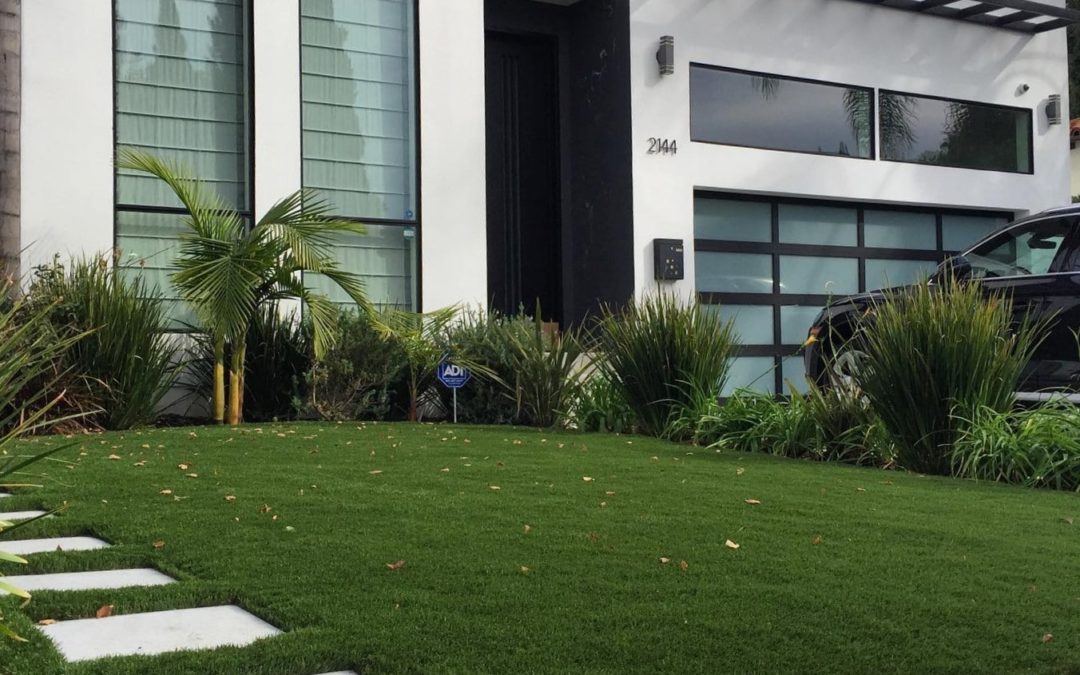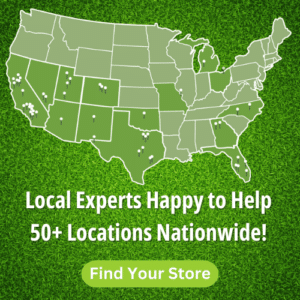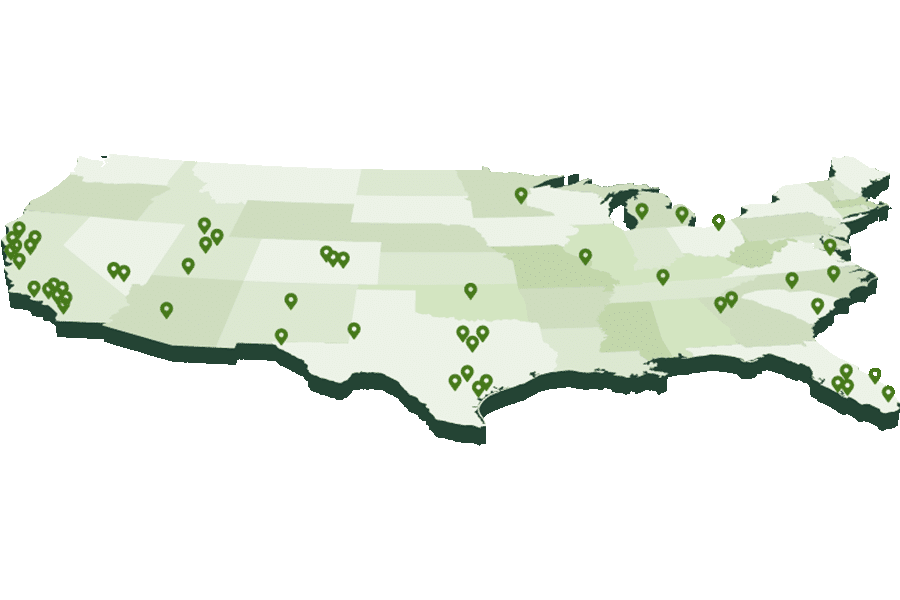Synthetic turf, a comparatively young industry, is taking the world by storm and ushering in a new age of modern landscape design.
In this blog, landscape design professionals discuss why they promote turf for the home and for business. They’ll also provide their own best practices for creating seamless landscapes.
Why Landscape Designers Prefer Synthetic Turf Over Sod
Once upon a time, landscapers and property owners scorned the mere mention of ‘AstroTurf.’ The resemblance to cheap, odd-colored carpet and its low-quality construction were the driving forces behind this disdain. But then, rather quickly, things just got better.
Manufacturing technology improved, chemistry enhanced the material quality, and the U.S carpet industry grew exponentially – making synthetic turf more readily available and at a much lower cost. As the West continues to endure extreme drought conditions and lawmakers push for greater restrictions on water use, artificial grass has become the hero for those of us still desiring a green dreamscape of our own.
“The tables have completely turned,” states Prem Penglin humorously, owner of Penglin Paving and Landscaping. “We originally started installing about ten years ago, and along the way we’ve learned a lot about product quality, that’s for sure. Back then, turf wasn’t a thing and was actually looked down upon. Also because there wasn’t so much of a drought as there is now, and sod was cheaper, but sod is on the downhill and turf has come up.”
Modern Landscape Design with Synthetic Turf
These days, artificial grass is no longer the up-and-coming player, but now a real challenger to sod in the landscaping industry. While initial costs of installation appear to be in sod’s favor, the long-term challenges and expenditures of maintaining an organic lawn add to the bill year after year. Turf, on the other hand, can often have a greater initial investment, but that investment pays for itself within the first 3-7 years on average.
“Turf brings a stress-free landscape. You’re able to save time and money between repairs, maintenance, watering, fertilizing, etc. So, in essence, artificial grass gives consumers a stress-free lifestyle,” explains Veer Singh, founder of Steve’s Landscaping. “Natural grass needs the correct amount of water – not too much and not too little, as well as weed prevention, the correct amount of nitrogen for the climate, fertilizer, and mow height. Even a gardener is often unable to constantly keep the optimal beauty of a natural lawn.”
When questioned about the potential limitations of turf in garden landscape designs, Veer responded, “I don’t see any limitations with artificial grass pertaining to landscape design. If anything, it opens up more options. For example, a common issue with landscape is drainage. By incorporating artificial grass into the design, we basically create a giant drywell underneath the turf. Water finds the path of least resistance, and once the water penetrates the grass, it travels through the base hitting the dry dirt below the base level. By adding artificial grass, we’re able to achieve a faster drain rate in our landscapes.”
Insane Drainage Rates
Veer has kindly provided the video below, demonstrating the turf’s ability to quickly drain water, even during a downpour.
In addition to increasing both the aesthetic and functional value of a property, synthetic turf provides an incredible opportunity for business owners as well. As Prem describes, “Turf is much more streamlined for the business, and the turnaround for it is a lot quicker. Turf also has a larger profit margin compared to sod. But even though it isn’t the main thing we do – it’s an accessory item – and it’s made all of the landscapes we’ve done look even more luxurious. If you’re working in an area that values luxury, turf is a must-have for your business.”
Veer also adds: “Turf is a simple service to add into any landscape, paver, or concrete company. The concept of pavers and concrete is similar to an artificial grass installation. By adding turf to any contractor’s service package, it will generate a higher close rate because a contractor can offer total landscape packages. When installing real grass contractors have a ton of return calls due to grass not taking into the native soil, dry spots, and simply poor post-install maintenance. For us, artificial grass has a return call rate of less than 5%.”
Higher close rate, accelerated project turnaround, increased profit margin, and reduced go-backs – all while still providing a functional and affordable luxury product? Synthetic turf really is the hero of this story.
Design Tips for Turf
Make the most out of your synthetic lawn by including these design tips from the pros:
Choose the Right Turf for the Style of Your Home
Shopping for artificial grass can sometimes feel daunting – there are so many to choose from. But by asking yourself the right questions, you can quickly narrow down to your best options.
In every Purchase Green store is a ‘Menu Board,’ which aids customers in identifying their ideal turf. Step 1 is specifying which type of application you’re installing for. This helps by prioritizing certain types of products with specific features, such as an anti-bacterial turf for pet applications, or a grass with Charge Guard carbon fibers to reduce the build-up of static electricity for playgrounds.
Then, most importantly, consider the anticipated foot traffic of the installation site. Knowing the traffic will inform you of the minimum performance requirements you need from your turf – such as grass with a particular blade shape, pile height, or density. Unless you consider your foot traffic as ‘light’ or non-existent, this step narrows your options considerably.
Lastly, style. Artificial grasses come in an array of color combinations (sometimes up to 4 different colors in one product) and with varying degrees of sheen. The tip here is to pick a style or color of grass that contrasts the property. Veer Singh has had great success in pairing Spring or Apple green turf colors with property designs that have darker tones. Conversely, properties with lighter tones pair nicely with an Olive or Forest green turf.
If this styling method doesn’t float your boat, Purchase Green recommends matching your synthetic turf with that of the natural sod in the general vicinity of the property.
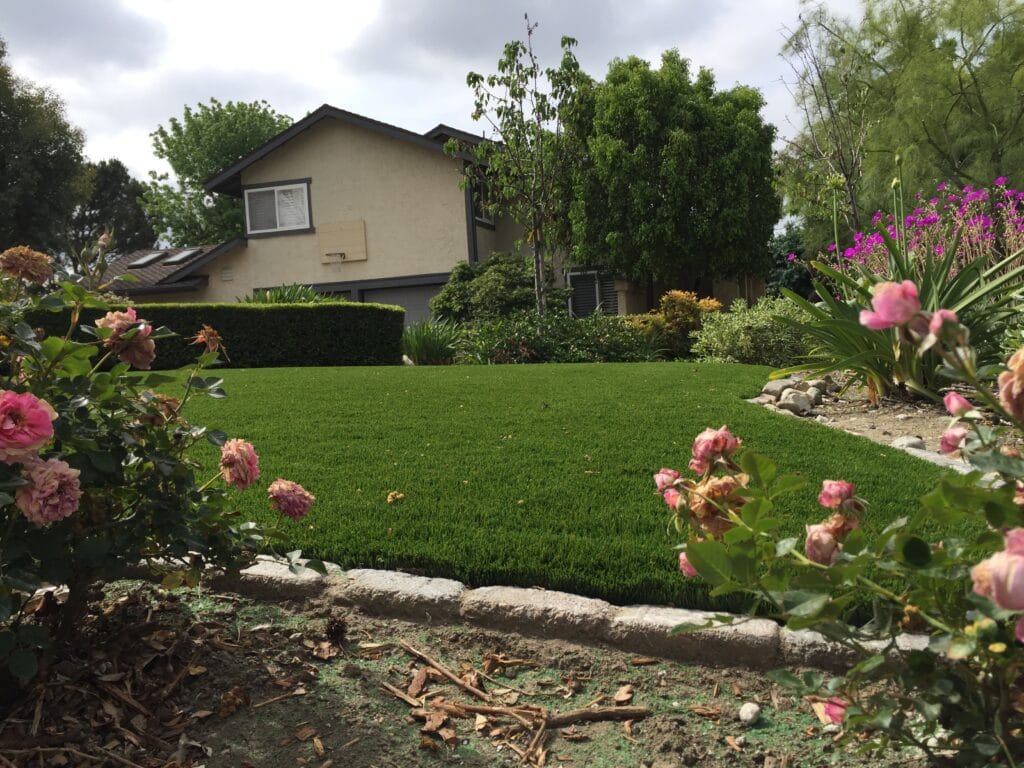
The Most Attractive Landscapes Have Variety
While a landscape that is solely turf can be the look that some prefer, design professionals suggest having variety in your front or backyard landscape design.
If possible, add curvatures to your perimeter, rather than straight lines.
Create smooth and beautiful transitions from your lawn by lining the perimeter with woods chips or rocks.
Add planters and shrubs for balance and color. You can also install turf AROUND trees and their roots!
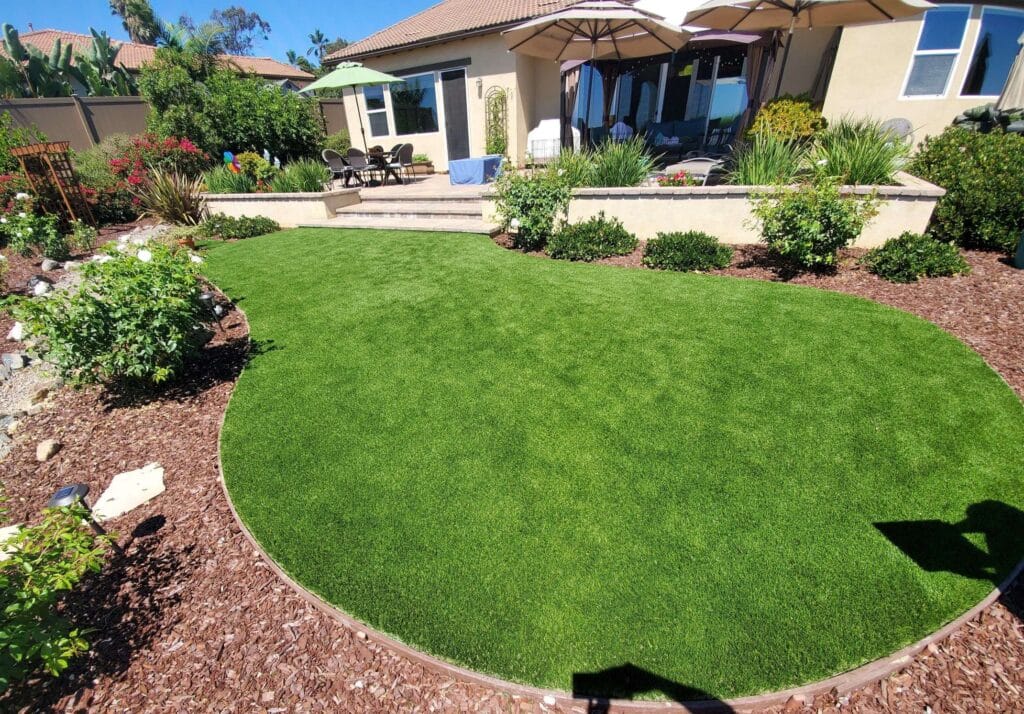
Add Undulations to Create Realism
Undulations are slopes in the landscape, usually with slightly different heights and grades to them. Adding undulations to larger installation sites greatly improves the realism of the landscape. However, keep in mind this could marginally increase the material cost of the job.
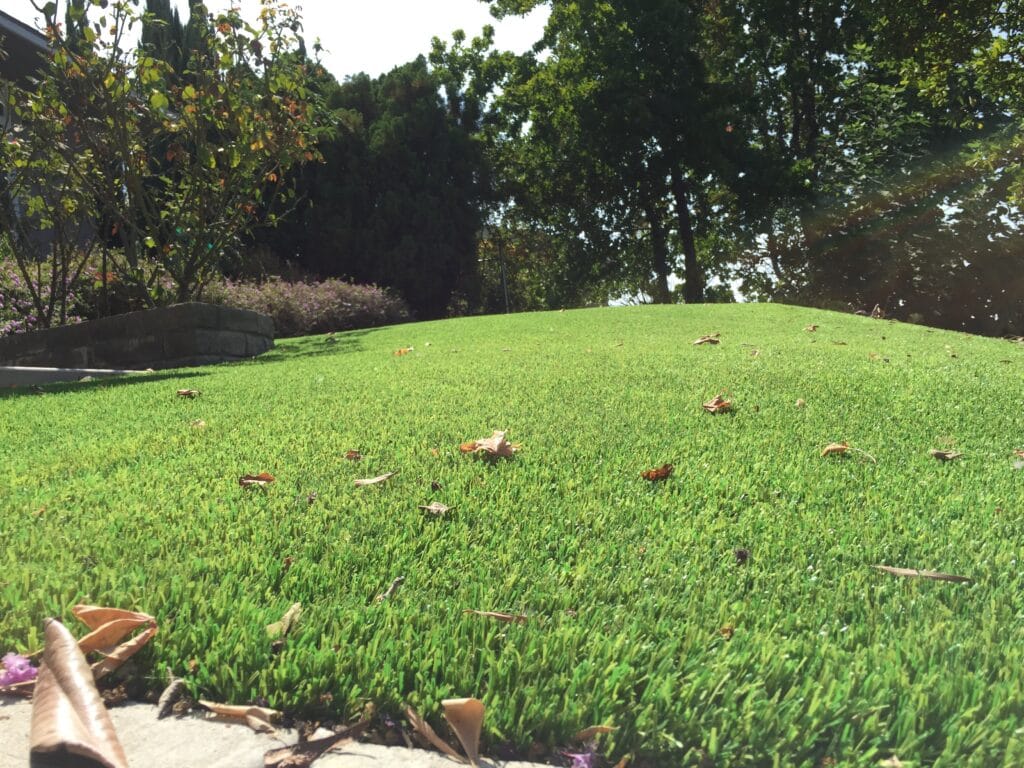
The Orientation of Turf Impacts the Finished Look
The majority of synthetic grasses have an obvious directional grain, due to the way they are manufactured and stored.
The general rule of thumb is to orient the turf’s grain toward the main vantage point. This perspective of the grass blades is known to be the most realistic. If you’re installing in the front of a property, face the turf grain toward the street, where most of the viewers will be. Or, if you’re installing in a backyard, you can orient the turf toward the home.
However, some may elect to orient their turf non-traditionally, sometimes to minimize material waste or to orient toward a different vantage point – like a pool, BBQ, or cabana. It really just comes down to personal preference.
Alternatively, Purchase Green offers a line of multi-directional grasses. These are grasses with blades that are curled in every direction. This type of construction allows for greater flexibility when orienting and also makes hiding seams so much easier.
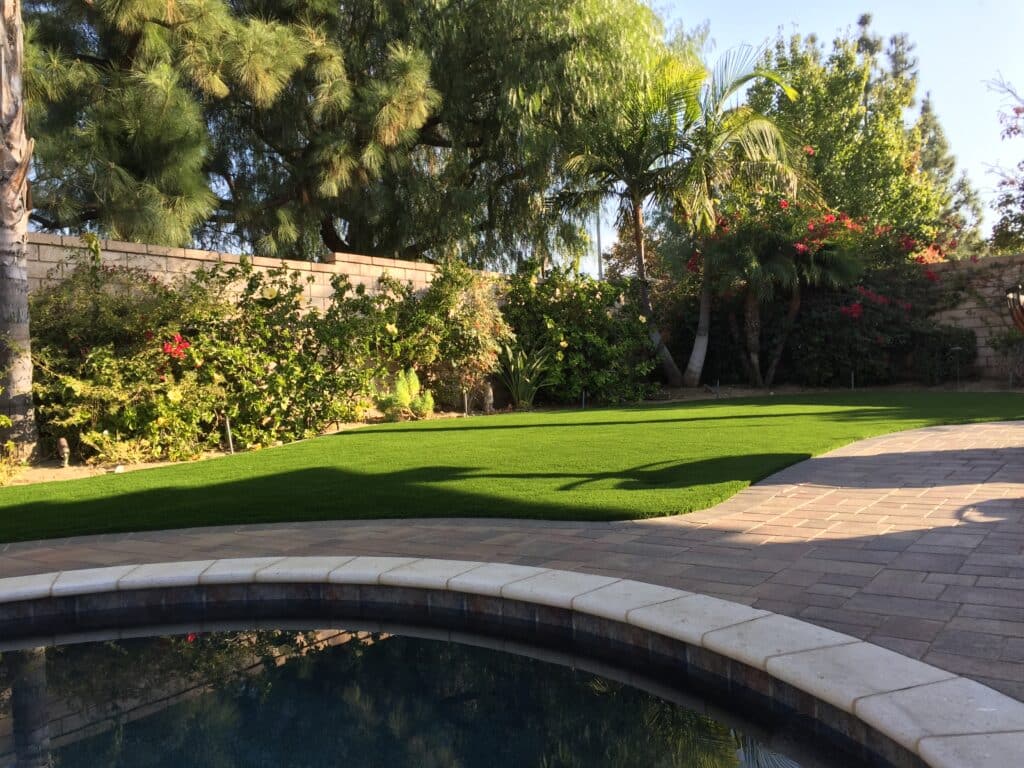
Seaming Methods
First and foremost, always dry seam before permanently securing the turf. Dry seaming is a method in which you freely position multiple pieces of turf before gluing them together to help ensure an invisible seam.
Next, you must consider which seaming method is best for the installation’s layout. The two most common seaming methods are in-line seams and butt seams. In-line seams are seams cut parallel to the stitch rows of the artificial turf backing. Butt seams, on the other hand, are cut perpendicular to the stitch rows. See an example below in which both of these methods might be used on one installation:
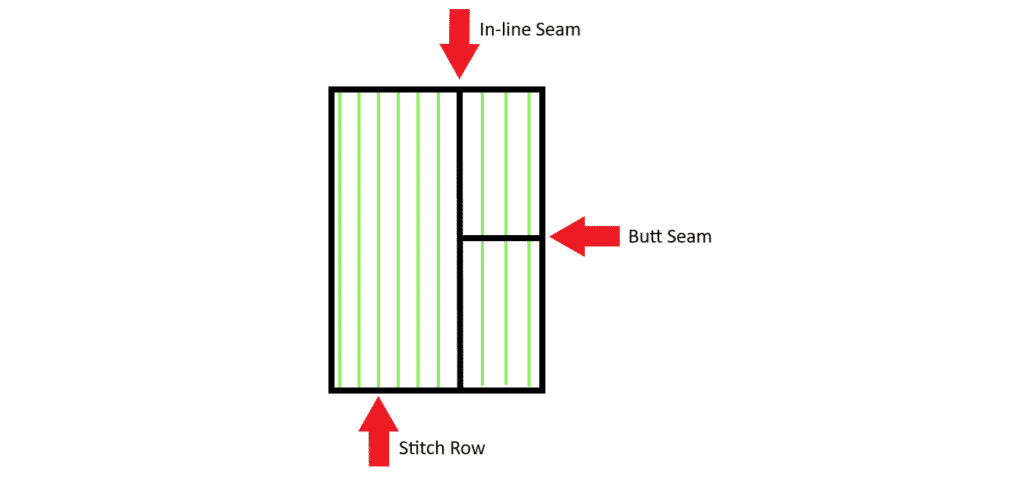
The vast majority of installations will only need in-line seams. In-line seams are also the simplest method, for both DIYers and installation professionals.
Not All Turf Styles Should Go Between Pavers
When you place strips of turf in-between pavers, make sure enough of the pile height is exposed above the hardscape edge, but not too much as it will overpower the concrete slabs. Designers recommend using a turf with a pile height between 1.6″ and 2″ for the best aesthetic.
Additionally, grasses with a firmer fiber have blades that will keep them standing straight and above the paver edges. Softer grasses, such as products with a flat blade shape, will compress and compact much easier and can be difficult to fluff up again once installed in narrow spaces.
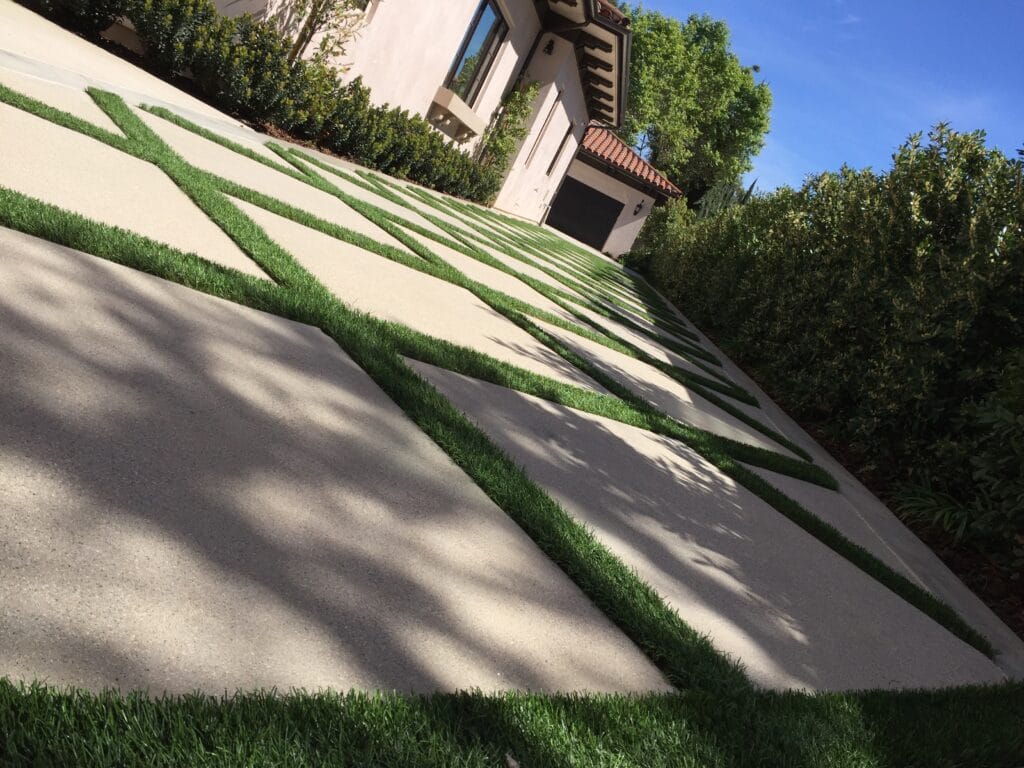
Save Your Waste
Last but not least, save your material waste! It could come in handy someday.
Accidents happen and can sometimes result in damage – such as moving the BBQ to close and melting the turf blades. In instances like these, use excess material from the initial installation to patch damaged areas.
Many people also find creative ways to make use of their scraps, such as doormats, decorative table placements, or even keeping a roll of turf for the garage gym. You’re only limited by your imagination!
